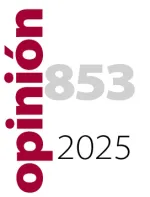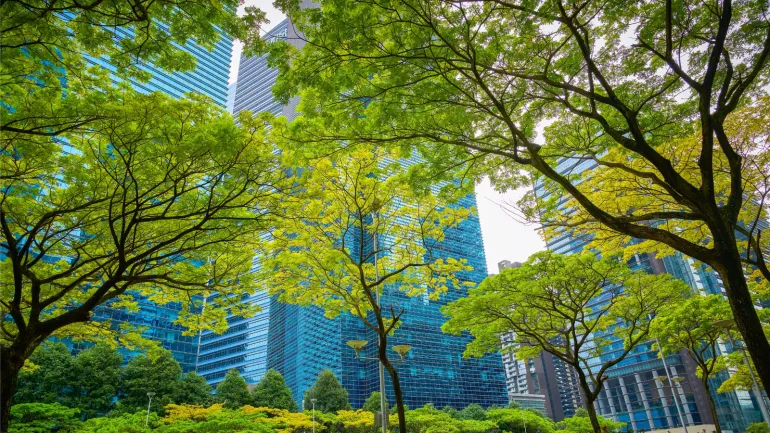Cities as refuges for biodiversity and laboratories for climate resilience


Urban biodiversity is no longer a side issue—it is a cornerstone for building resilient cities. As the impacts of climate change intensify, cities are becoming both refuges for biodiversity and laboratories for innovation in climate adaptation and mitigation. COP30 delegates arriving in Belém, the gateway to the Amazon rainforest, should bear in mind that the global agendas for climate and nature must be urgently aligned.
Climate talks are regaining prominence as Brazil is about to host COP30 from 10th to 21st November 2025. Despite the growing impacts of global warming, this year’s gathering is taking place amidst geopolitical tensions and climate backlashes that are increasingly undermining the capacity of the multilateral system to undertake bold and urgent collective action. Yet, this is happening against the efforts put in place by the host of the UN conference to reinvigorate international cooperation and ratchet up ambition. Central to Brazil’s strategy to mobilize attention in the lead-up to COP30 has been the highly symbolic decision to host the UN conference in Belém. Geographically and historically recognized as the gateway to the Amazon, the world’s largest rainforest, Belém will welcome the COP30 delegates in a region that brings into sharp focus the imperative to link climate action and environmental conservation.
In an increasingly urbanized world, cities play a pivotal role at the intersection of nature’s contribution to climate adaptation and mitigation.1 They are hubs of economic productivity and dense concentrations of population, infrastructure, and assets, with a substantive interest in adapting to and mitigating the effects of climate change. Yet, at the same time, cities are progressively becoming refuges for a biodiversity that is increasingly threatened outside cities’ boundaries. It is therefore crucial that we shift our understanding of cities, integrating the synergies that lie at the intersection of climate action and biodiversity protection.
To begin with, nature remains the most effective technology to tackle the climate crisis. Urban ecosystems contribute to mitigation by capturing CO₂ and reducing the urban heat-island effect. At the same time, they enhance adaptation by improving air quality, managing water flows and protecting health. It is estimated that investing 1 € in nature restoration can provide a return between 8 € and 38 €, thanks to broader benefits related to food security, human health and well-being, and climate mitigation and adaptation.
However, the ability to deploy nature restoration in cities is hindered by the larger barriers that harper urban climate adaptation. First among them, funding remains critically insufficient: less than 5% of global climate finance goes to adaptation. Despite this gap, cities continue to innovate—forming coalitions, engaging communities, and leveraging local knowledge to act where national leadership falls short. The key to promoting city’s innovative capacity in climate action and nature restoration is an enabling environment supported by effective coordination across multiple levels of government.
An example of this is Barcelona’s experience, which views the city as a complex network of interconnected systems where biodiversity plays a vital service role. Barcelona’s Climate Plan, adopted in 2024, includes the planting of over 7,000 trees, 22 new hectares of green space, and over 200 shaded areas in every district, alongside measures to restore river and coastal ecosystems, and prevent wildfires in the Collserola natural park, the city’s main biodiversity hotspot.
There are, nevertheless, trade-offs and tensions in urban greening, for instance around water scarcity, competing land uses, and citizens’ perception of “wild” spaces. In this regard, public communication, environmental education, and participatory governance are essential to ensure that rewilding becomes a shared civic project rather than an aesthetic or elitist one. The 3-30-300 rule - three trees visible from every home, 30% canopy cover and a green space within 300 meters - is a practical reference to make cities both greener and fairer.
As the world moves towards COP30, Belem’s strategic location should provide a timely reminder: biodiversity is climate resilience. Urban ecosystems can buffer extreme events, store carbon, improve health, and strengthen social cohesion. But beyond their functional value, they embody a new urban ethic—one that recognizes humans as part of nature rather than apart from it. In times of environmental emergency and political uncertainty, investing in nature in cities is investing in peace with nature. It is a bet on coexistence, and on a future where cities not only host most of humanity but also protect the web of life on which humanity depends.
Notes:
1- CIDOB (Barcelona Centre for International Affairs) and CREAF (Centre for Ecological Research and Forestry Applications) have joined forces in April 2025 to discuss the specific contribution of urban biodiversity to the global climate agenda.
Keywords: climate, cities, resilience, biodiversity, COP30, Brazil, Belém, adaptation, mitigation, Barcelona
All the publications express the opinions of their individual authors and do not necessarily reflect the views of CIDOB or its donors
E-ISSN 2014-0843